Western Coast of Africa: Ghana
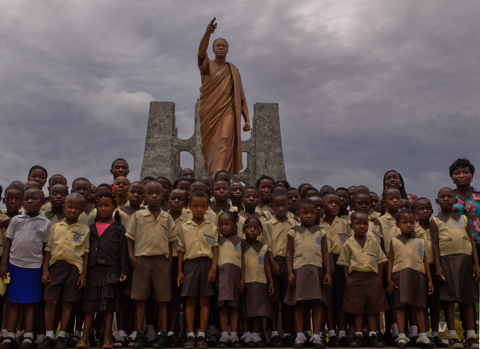
Ghana school group at Kwame Nkrumah Memorial
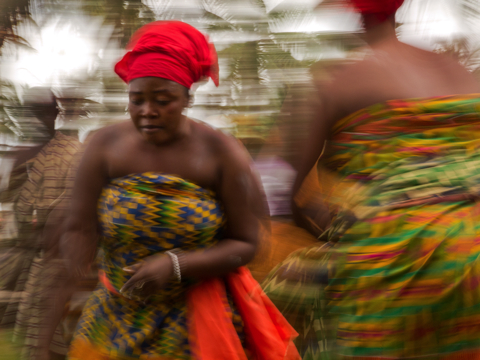
Ghana dancers
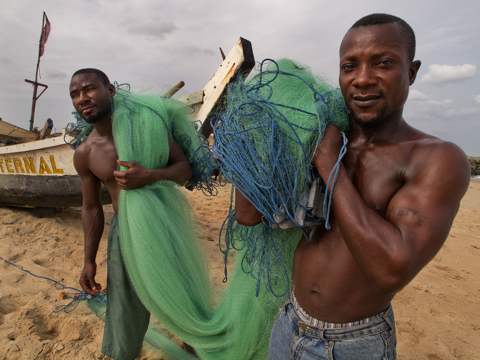
Fishermen near Accra
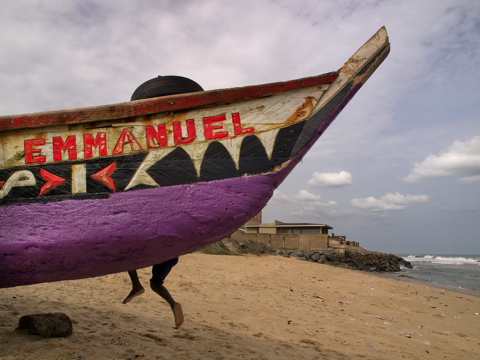
fishing boat and kid playing near Accra, Ghana
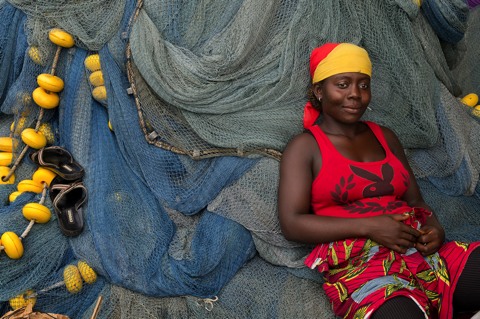
Fish seller in Albert Busomtwi-Sam Fishing harbour
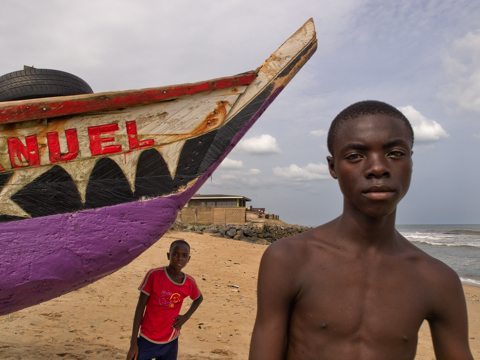
Fisherman near Accra, Ghana
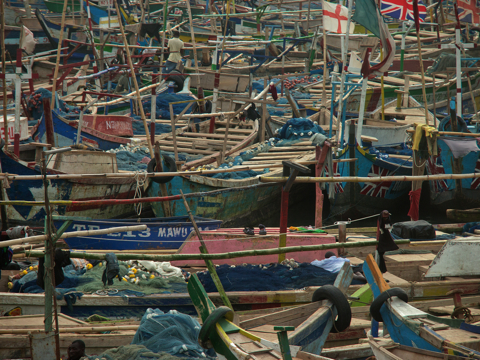
fishing boats near Elmina Castle
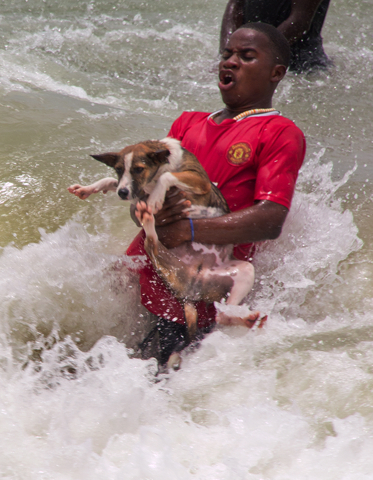
fisherman taking his dog for swim near Cape Coast Castle
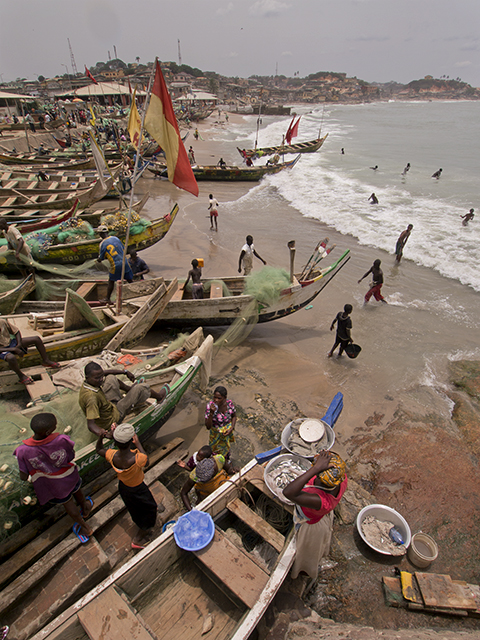
Fishing village near Cape Coast Castle
Looking back over this trip, I’ve been struck by how this is a voyage involving windows: waking early morning as we pulled into Walvis Bay in Namibia and looking out my porthole and the breaking dawn over the harbor. Hearing an announcement that Principe was off of our starboard side, and viewing that beautiful island through my porthole. Driving on buses to various places throughout this Western Africa Expedition, and watching the literal “moving picture” of those places rolling by the windows of our bus, going from urban to rural and back. And the window provided by our camera’s viewfinder in seeing these 17 countries and their people. Working in the 4 walls of that frame to me is the ultimate look into another world.
As this trip is so much about cultural and societal components, viewing people thru that camera’s window is a huge part of this experience. This certainly opens the door to the discussion on photographing people and the highly debatable question of paying a photographic subject. You’ll find further discussion of this below.
Over the last two days, we were in Takoradi and Accra, Ghana. Part of the Gold Coast of Africa, Ghana is also home to the infamous Cape Coast Castle. Originally built by Swedish traders for trade in timber and gold, the structure was later used for trans-Atlantic slave trade. Having changed hands several times after its construction in 1653, the fort was held by the Swedes, Danes and the English. This was one of the African sites visited by President Obama and family in 2009.
Fishing is a main source of food and income along the coast, and we visited two fishing ports, one directly below the Cape Coast Castle.
The issues of paying to make photographs
Today, with the ubiquitous of Smartphone and its high quality digital camera, more than ever “everyone is a photographer.” Combining that with the massive travel industry taking clients into the farthest reaches of the world, more than ever photographers (visual archivists??) are facing the issue of when is it appropriate to take a photo, and when is it appropriate to pay for that “event.” For the traveler, this rapidly is becoming on of the most uncomfortable issues out there today: when do you pay a subject to photograph them.?
One of the most important parts of this discussion is regarding photographing children. Often one of the easier subjects to approach for a photo, a child’s excitement over the fact of being photographed can make that process easy as well as visually productive. In large tourist centers around the world, the traveler will often be confronted with children asking for money, for a photograph or just as baksheesh ( a tip). India, as an example, is having problems in keeping kids in school in and around the tourist cities such as Agra, as families find that a child begging for money (often from posing for a photo) can produce more immediate income than going to school. It’s really easy to hand a child what may seem to us an insignificant amount of money, which only is exacerbating that problem. Please don’t provide money to children.
Payment in regard to photographing adults is a much more complex issue and problem. I try not to pay anyone if at all possible, this obviously sets up an expectation for that next traveler coming along, and I think it negatively impacts that relationship the traveler hopes to find. If photographing in or around a market, I may find something I’d like to purchase from someone who may be a potential photographic subject. Upon purchase of that item, I’ll then ask if I may photograph that person. Often this may eliminate the expectation of payment.
In many developing countries, the traveler is seen as a “walking wallet,” as we are obviously wealthy enough to visit that far-away place and carry expensive equipment that may cost more than a years’ earnings to many of the locals. So, how do you deal with this “gulf?”
When I walk into an area in which I may want to photograph, I’ll approach my potential subject and introduce myself. I’ve watched tourist buses disgorge their camera-wielding groups, and have seen those people stand like a firing squad in front of the locals (be it the fish market, the market, anyplace with people going about their daily lives) and never attempt to approach those folks. The idea of asking permission or doing something as simply civil as introducing themselves to that person, never enters their minds. Think how you’d feel if while out raking your yard, a busload of “foreigners” stopped in front of your home and everyone came of that bus with the intent of photographing you whether you liked it or not. This simple civil gesture of meeting someone can go a long way.
If someone goes out of their way for me in terms of helping my photographic moment, I may pay that individual. My feeling is that I am taking their time if it extends into a longer period of time, and that payment can be seen as a legitimate “thank you” for their help. It is never easy deciding when to pay or not.
There are many tourist places, such as the square outside the souk in Marrakech, where the snake charmers, the dancers, magicians, and other street artists create a scene that is a photographers dream. But, these people are there to make money, and any camera is noted and watched like a hawk. You will be expected to pay for photographs, an established price can usually be determined by asking at your hotel. Carry a pocket full of coins, don’t overpay and don’t get into arguments. And don’t try to sneak pictures.
In this process of photographing our travels, I think if you show genuine interest in that person and what they are doing, you can open a door more honestly . For me, the camera has always been a reason, an excuse, to walk up to someone who I may find interesting, and ask to essentially enter his or her world for a brief time. Isn’t this why we travel.
Walking into a new place where you are obviously NOT a local, and carrying a camera can change the dynamic of that place. If photographing in a small village square, think about getting there early, so you are more of the scenery when people start arriving, instead of walking in and having your mere physical presence disrupt that scene. Also, give yourself time to allow people to get used to your presence. Don’t be the “Ugly American”, photographing people when they are giving you obvious signs that they don’t want their photos taken. Be aware of local customs, some places still feel that the camera can steal something of that persons’ being. And, above respect someone when they say no…
As I said above, this is not an easy subject..you, the travel photographer, should remember why you are there; to experience another culture and to capture images that say something about the culture. When to pay or not to pay will be yours to decide at that moment.



